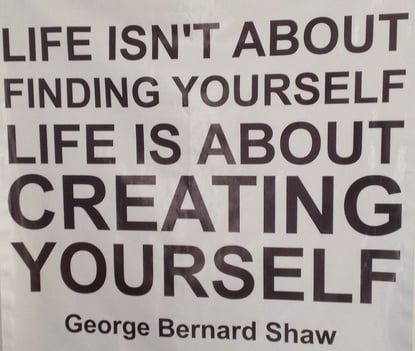We’ve covered the basics of starting a new job with openness to new ideas. We haven’t covered the other side of the new employee relationship though: How does an employer pave the way for new employee success – especially with a new employee replacing a popular, long-term employee?
 The timing is good for this. Given many annual incentive plan structures, January becomes a time for job changes as departing employees stay into the New Year to qualify for the previous year’s incentive.
The timing is good for this. Given many annual incentive plan structures, January becomes a time for job changes as departing employees stay into the New Year to qualify for the previous year’s incentive.
The ways to support new employee success came into focus recently when the fitness trainer I’d been working with for six years left our gym. This week, I started working with a new trainer.
When the new trainer asked my goals beforehand, I said I didn’t really have any other than staying fit. Between then and the first session, I realized my non-answer wasn’t setting her up for success, which led to these five things an employer can do to give a new employee the best possible opportunity for success – for both themselves and the organization.
5 Ways to Create Faster New Employee Success
1. Organize and make relevant historical information available
The new trainer said my file was the largest she’d been handed although she gave up reading it after five minutes. She concentrated on fitness stats and reviewed the valuable information they contained. At least the file was available! Be careful to not make a new person re-learn lessons the “organization” already knows.
2. Create a simple, easily grasped overview of key information needed to be successful right away
Despite not articulating fitness goals initially, I wrote a one-pager covering my objectives, motivations, trouble areas, favorite exercises, and dreaded exercises she needs to make me do even though I don’t like them. It provided answers to questions that might have taken months to surface. Distilling years of information into a few, easily grasped pages allows a new person to be more productive much more quickly – for everyone’s benefit.
3. Don’t dwell on how the other person did something – unless asked
The new trainer asked whether the former trainer had had me do certain exercises, and I answered. Beyond that, I tried to make “old trainer” references only about things I’d wished she had done better to let the new trainer know areas where she might want to concentrate. The key is to not constrain a new person with constant comparisons to how the former person did things. The old person’s gone – reset your expectations.
4. Listen to ideas shared by the new person
I tried to talk less in order to observe, learn, and soak up the new trainer’s approach and philosophy. When you’ve hired someone for new ideas and expertise, let the person share and try new ideas. It’s easy to smother a new person with, “Here’s how we’ve always done it.” Be triply vigilant and provide plenty of white space for someone new to introduce ideas and strategies.
5. Work the new person’s program
Since our initial training session, I tried the workout she shared to best of my ability (although skipping a particularly odd exercise I call “Spiderman”) to help maximize the results she’s trying to deliver. Beyond simply letting a new person share ideas, actively embrace and support implementation of the new ideas being brought to you. Be a cheerleader and enabler for making new ideas into reality.
What would you add to this list for faster new employee success?
When you’ve started a new job, what has been done to help make you more successful? Or when you’ve brought new people onto your team, what things have you done to pave the way for their successes? - Mike Brown
If you enjoyed this article, subscribe to the free Brainzooming blog email updates.
If you’re struggling to create or sustain innovation and growth, The Brainzooming Group can be the strategic catalyst you need. We will apply our strategic thinking, brainstorming, and implementation tools to help you create greater innovation success. Email us at info@brainzooming.com or call 816-509-5320 to learn how we can help you figure out how to work around innovation and implementation challenges.




